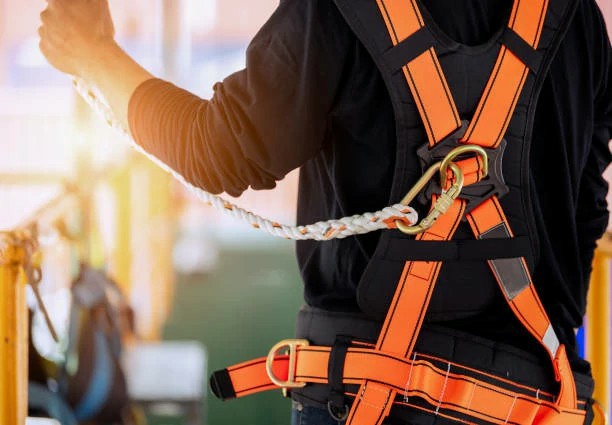


 349,500 Offered Certificates
349,500 Offered Certificates
 24/7 Online Training
24/7 Online Training
 Money Back Guarantee
Money Back Guarantee
 Fully Accredited Courses
Fully Accredited Courses

Created at: 22-02-2025 16:12
As industries focus increasingly on safety and efficiency, traditional training methods for high-risk environments like working at heights are being challenged. Virtual reality (VR) is emerging as a transformative tool in working at heights training, offering unparalleled realism and engagement.
For years, working at heights certification has relied heavily on classroom training followed by practical assessments. While effective, these methods often lack the immersive experience that VR provides. Traditional courses often face challenges such as:
Virtual reality offers an engaging alternative that promotes higher learning retention. Studies suggest that immersive learning environments increase information retention rates by up to 75%. Here’s how VR helps:
One of the standout advantages of VR in working at heights safety training is the ability to simulate hazardous scenarios without the associated risks. Trainees can practice emergency procedures, such as:
This hands-on experience enables workers to be better prepared for real-life situations, ensuring they know how to respond quickly and effectively. Moreover, VR can allow for:
Implementing VR in working at heights training can lead to significant cost reductions for companies:
For companies looking to modernize their working at heights training, integrating VR should be a strategic initiative. Here’s how:
Several organizations across Dublin, Cork, and Galway have successfully integrated VR into their working at heights courses:
Adopting virtual reality for training not only enhances safety but also fosters a culture of continuous learning and improvement. Long-term benefits include:
As businesses continue to seek ways to improve safety and efficiency, virtual reality stands out as a game-changer for working at heights training. By offering immersive, engaging, and risk-free learning environments, VR not only enhances safety training but also prepares workers to handle real-life challenges confidently.
Are you ready to revolutionize your working at heights training program? Explore VR solutions today and create a safer, more efficient workplace. For more information on our courses or to get in touch, visit Ireland Safety Training or contact us at [email protected].